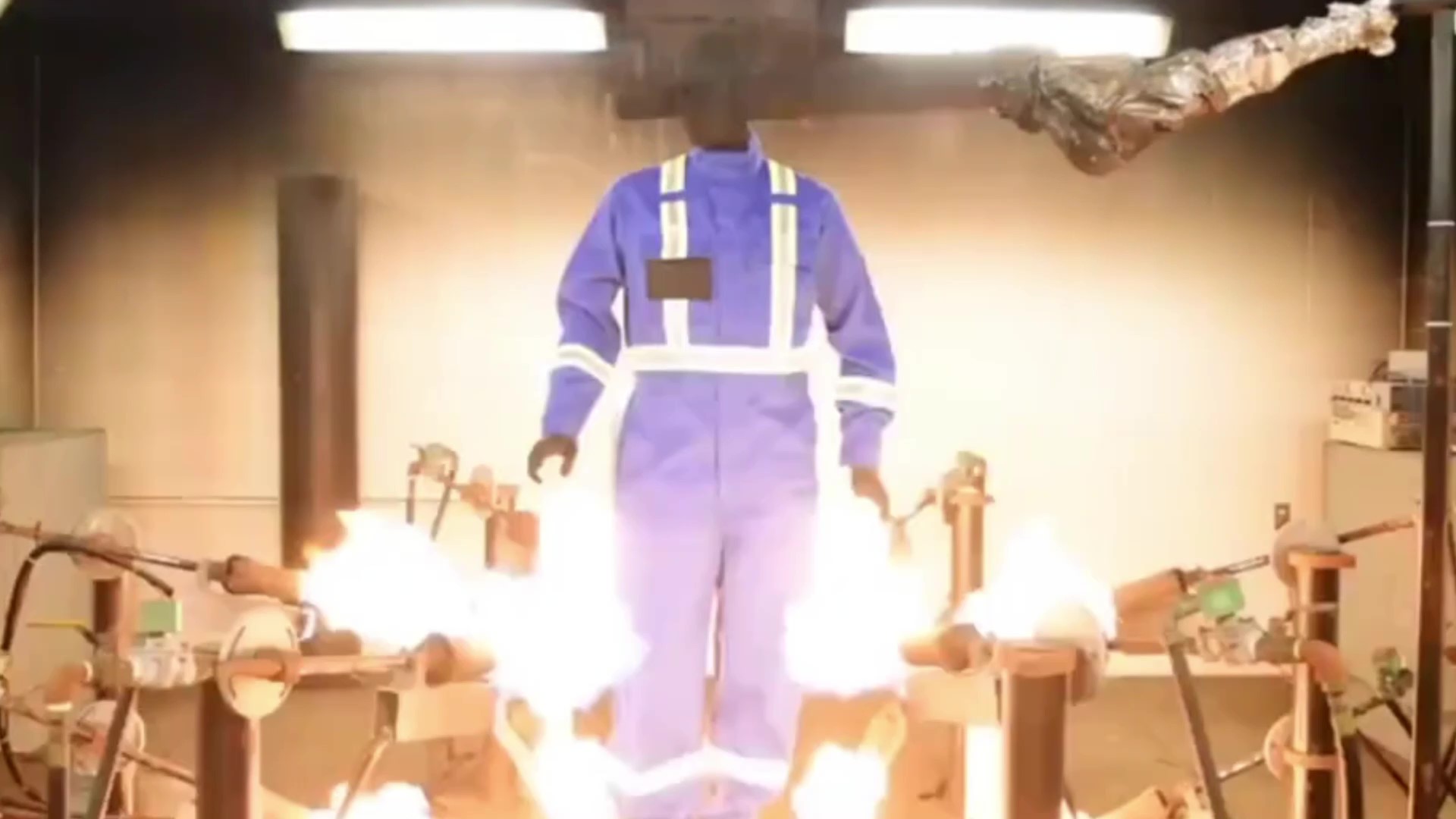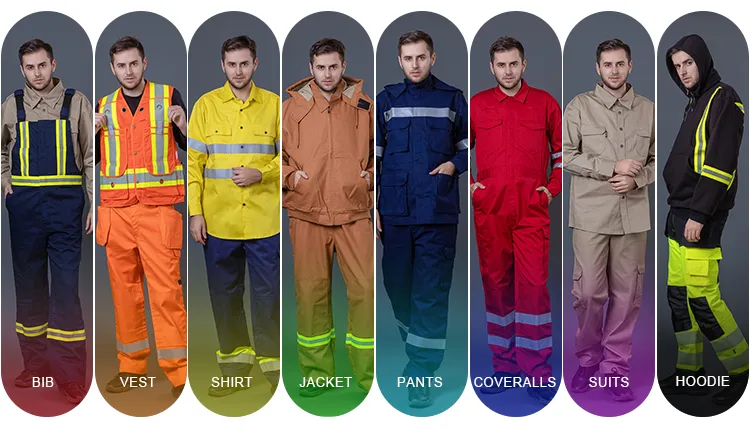How Does Flame Retardant Clothing Work
February 17, 2023
For many professionals, flame retardant clothing is an essential tool in work. High-quality, specially designed flame-retardant clothing can protect the wearer from flash, electric arc and combustible dust burns. This enables professionals in many industries to perform potentially dangerous tasks. Over the years, flame-retardant clothing has saved countless serious injuries and even lives.
Flame retardant clothing is any clothing specially designed to protect the wearer from fire and heat. Fireproof clothing is flammable and will automatically extinguish after removing the fire source. This helps prevent burns caused by initial flame exposure and heat transfer.
Flame retardant clothing is used in many industries, including fire protection, oil and gas, welding, mining, metallurgy, shipbuilding, and electric power. Workers in all these areas are often exposed to the risk of explosion, open fire and other thermal accidents, so they must be properly protected when working. For example, one of the most serious hazards faced by electric power workers at work is exposure to arc flash. Fireproof clothing is essential to protect workers in such work.
What Is Flame Retardant Clothing?
The flame-retardant clothing is specially designed to prevent fire in combustion and high temperature environment. If the fabric catches fire, it will not continue to burn after removing the heat source. This provides valuable escape time for the wearer and helps reduce injuries. However, it is important to remember that fire resistance is not equal to fire resistance. All fire resistant clothing will burn if heated for a long time.
How Does Flame Retardant Clothing Work?

Most flame-retardant clothing is made of heat-resistant materials.
After finishing, flame retardant, such as cotton and cotton can be treated with special chemicals to improve its heat resistance and protection.
Intrinsically flame-retardant, Nomex, Kevlar and Modacrylic have excellent flame-retardant properties, and are often used to make flame-retardant clothing.
The working principle of intrinsic flame retardant materials is roughly the same as that of materials treated with special chemicals. These materials will not continue to burn, will not ignite easily, and will not melt after the ignition source is removed. The last point is very important, because the burning molten tissue will cause great damage, serious and long-term damage.
Different flame retardant materials provide different benefits. What protects one person in one environment may not be suitable for another environment, which is why professionals and employers always want to test which products are most suitable for their workplace.
What Is The Grade of Flame Retardant Clothing?
When purchasing flame-retardant clothing, it is important to understand the degree of protection provided by each piece of clothing. Flame retardant clothing is classified according to arc grade or thermal arc protection value (ATPV). This grade indicates how much heat will be transferred through the fabric in case of arc flash, thus indicating how much protection the clothing will provide for the wearer.
Preventing heat transfer can greatly reduce the impact of fire or arc flash and help protect users from the worst effects of accidents. The value used to determine the arc characteristics is expressed in heat per square centimeter. The higher the arc level, the more protection the clothing provides. Level 4 arc is applicable to the task rated as the lowest hazard/risk category 1 (HRC1), while level 40 or higher arc is applicable to the task rated as the most serious hazard/risk category 4 (HRC4).) Protect the owner.
Manufacturers need to indicate the arc grade of their clothing, and most manufacturers will list this key number on their labels. Wearing multi-layer arc protective clothing will increase the protection of heat and flame. Usually three or more layers are needed to deal with the most dangerous tasks.
Although all arc/APTV grade clothing is flame retardant, it is important to remember that not all flame retardant clothing is arc grade. Some FR garments are only made of flame retardant fibers and have not been tested in the laboratory to ensure that they meet the established standards. Investing in thoroughly tested products is the best way to ensure adequate protection against potential hazards.
Flame Retardant Clothing Style
For a long time, flame-retardant means bulky and ugly. Fortunately, FR clothing has become more fashionable in the past few years. You can now find FR jeans, shirts, polo shirts, T-shirts and hoodies. Their designs are both beautiful and protective.
Most of these lighter garments provide a lower degree of protection. However, it is a good way to add key fire resistance to clothing by stacking them in jackets or work clothes with high radian grade. If the coat is burned or damaged, this type of layering can help protect the wearer, prevent burns and reduce the severity of the injury.
Flame retardant clothing should always be slightly loose. Tight clothing is easier to transfer heat to the skin, which will lead to more serious burns and injuries. Loose clothes form a layer of air between the clothes and the skin, which helps to insulate the heat and improve the protective performance of the clothes.
Limitations of Flame Retardant Clothing
Although flame retardant clothing is very important PPE, it is not fireproof. In extreme circumstances, clothes will catch fire. Although it will not melt on the wearer and burn for a short time, it will still cause serious injury. The best way to ensure that FR clothing is as safe as possible is to choose clothing that meets the correct standards.




